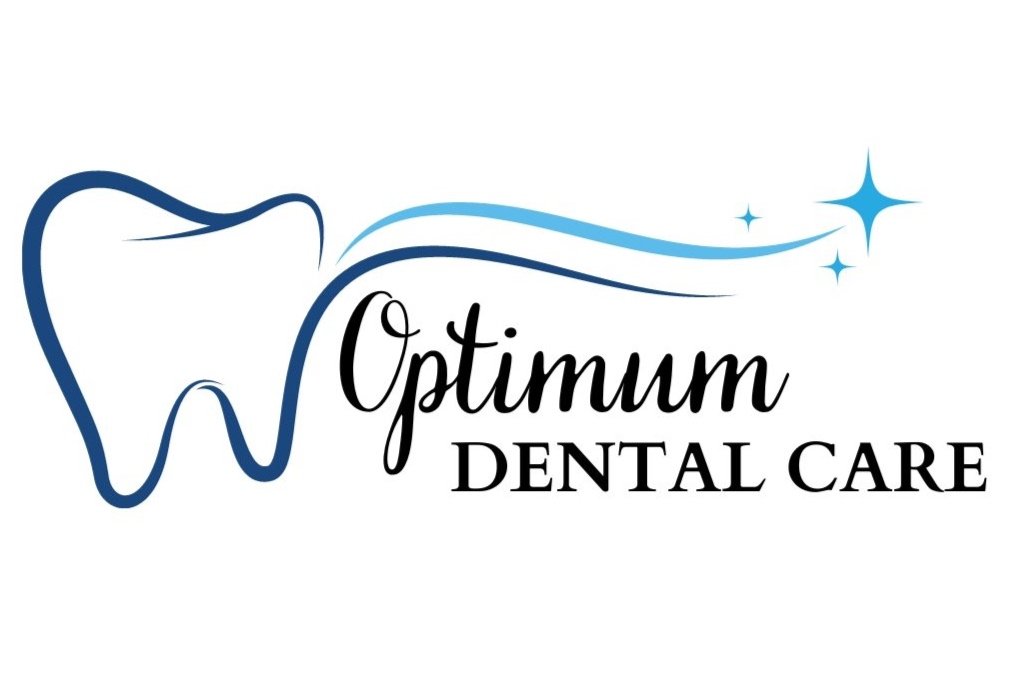Oral Cancer
Question : What is Oral Cancer and how is it treated?
Answer : Oral cancer is any cancerous tissue growth located in the mouth. In 2007, in the US alone, about 34,000 individuals will be diagnosed with oral cancer, 66% of the time by the time it is diagnosed it is at a late stage. Low public awareness of the disease is a significant factor, but these cancers can be detected at an early stage through a simple, painless, 5 minute examination by a trained medical or dental professional.
Risk Factors
Smoking and other tobacco use are associated with 75% of oral cancer cases. Alcohol use is another high risk activity associated with oral cancer. There is a strong synergistic effect on oral cancer risk when a person is both a heavy smoker and heavy drinker.
Prolonged exposure to the sun increase the risk of lip cancer. More than 25% of oral cancers occur in people who do not smoke and have no other risk factors. Oral cancer is more likely to strike after age 40.
Studies suggest that a diet high in fruits and vegetables may prevent the development of potentially cancerous lesions.
Symptoms
Lump, ulcer on the tongue, lip or other area of the mouth. Usually small, pale colored but may be dark or discolored.
Early sign may be a White Patch (leukoplakia) or a Red Patch (Erythroplakia) on the soft tissues of the mouth, meaning the gums, tongue, floor of the mouth or inner aspect of the cheek.
Usually painless initially but may develop a burning sensation or pain when the tumor is advanced. Ulcers (sores) in the mouth that do not resolve within 14 days. Tongue problems, difficulty swallowing, pain and numbness are late symptoms.
Diagnosis and Treatment
An examination by the dentist, usually an oral surgeon will show a visible or palpable lesion of the lip, tongue, or other area of the mouth. As the tumor enlarge it may become ulcerated, at which point it becomes painful and may bleed.
If a tumor is suspected the only way to make a definitive diagnosis is through biopsy and microscopic examination of the cells. The biopsy can usually be done under local anesthesia by a oral surgeon in the office. If the diagnosis is confirmed then definitive treatment may require hospitalization for surgery, radiation or chemotherapy may also be indicated depending on the type of tumor that is present.
Surgery for more advanced cancers (late stage) is technically demanding and secondary surgery for reconstruction may be necessary. In the first surgery vital structures may have to be removed depending on the extent of the cancer, including part of the tongue, multiple teeth , part of the jaw and surrounding soft tissue.
Reconstructive surgery usually takes place 6 months to a year after the initial surgery to make sure there is no recurrence. This might involve rotating soft tissue flaps and doing
bone grafts to reconstruct the jaws and surrounding structures. After successful reconstructive surgery patients can replace missing teeth with dentures or implants
Recommendation:
Regular dental check-ups, including an examination of the entire mouth, are essential in the early detection of cancerous and pre-cancerous conditions. Harmful oral lesions (spots) or ulcers may look exactly like the ones that are harmless and can only be diagnosed by performing a biopsy. Many patients have flat, painless, white and red spots or small sores that need to be examined to make sure that oral cancers can be detected at an early stage.
Early detection is the key, survival rates depend on the precise site, and the stage of the cancer at the time of diagnosis. Overall, survival is around 50% at five years when all the stages are considered at the time of diagnosis. Survival rates for stage 1 (early stage) are 90%, hence the emphasis on early detection to increase survival outcome for the patients.
